Getting new ductwork installation can feel overwhelming, but knowing what to expect makes the process much smoother. A typical ductwork installation takes 1-3 days and involves careful planning, precise installation, and thorough testing to ensure your system works properly. We'll walk you through each step so you know exactly what happens from start to finish.
Your home's air quality and comfort depend heavily on properly installed ducts. When ducts are installed correctly, you'll notice better airflow, more even temperatures, and cleaner air throughout your home. Poor ductwork can waste energy and create uncomfortable hot or cold spots.
We'll cover everything from why ductwork matters for your health to what drives installation costs. You'll also learn how to choose the right team and what preparation steps you can take before installation day begins.
Below, we’ll walk through each important aspect:
- Why ductwork installation matters for your comfort and health
- What to expect during a ductwork installation project
- Ductwork installation cost: What drives the price
- How to choose the right team for your ductwork installation
Keep reading to learn how ductwork installation improves airflow, indoor air quality, and HVAC system efficiency.
Why ductwork installation matters for your comfort and health
Proper ductwork installation directly impacts three critical aspects of your home environment: consistent temperature control throughout all rooms, cleaner air circulation that reduces allergens and pollutants, and significant energy savings from improved system efficiency.
How proper airflow affects indoor temperature consistency
Well-installed ductwork ensures even air distribution to every room in your home. When ducts are properly sized and sealed, we eliminate hot and cold spots that make some rooms uncomfortable.
Key factors for consistent temperatures:
- Proper duct sizing - Each room gets the right amount of conditioned air
- Sealed connections - No air leaks that reduce flow to distant rooms
- Balanced airflow - Equal pressure throughout the system
Poor ductwork creates uneven temperatures. Some rooms become too warm while others stay cold. This happens when ducts leak air or when the system design doesn't match your home's layout.
Correct installation maintains steady temperatures within 2-3 degrees between rooms. We avoid the frustration of adjusting thermostats constantly or dealing with uncomfortable living spaces.
The role of ducts in air quality and allergen control
Your ductwork acts as the delivery system for clean, filtered air throughout your home. Properly installed ducts prevent dust, allergens, and pollutants from entering your living spaces.
Air quality benefits include:
- Reduced dust circulation from sealed joints
- Better filtration when ducts don't leak
- Less allergen buildup in duct surfaces
- Improved ventilation that removes indoor pollutants
Poorly installed ducts pull in dust and allergens from crawl spaces, attics, and wall cavities. These contaminants then circulate through your home, affecting family members with allergies or respiratory issues.
New ductwork with proper sealing keeps outdoor pollutants and indoor dust from entering the air stream. We create a cleaner environment that supports better health for everyone in your household.
Energy efficiency gains with a correctly installed system
According to the U.S. Department of Energy, properly sealed and insulated ductwork, especially when located outside conditioned spaces—can reduce energy losses by hundreds of dollars per year, avoiding leaks that would otherwise waste significant heating and cooling output
Energy savings come from:
- Sealed ducts - No conditioned air escapes to unconditioned spaces
- Proper insulation - Prevents temperature loss in hot attics or cold crawl spaces
- Right-sized ducts - Optimal airflow without energy waste
- Shorter run times - System reaches target temperature faster
Sealing duct systems has demonstrated up to 20% reduction in home heating and cooling energy use, also according to the U.S. Department of Energy case studies.
Leaky ducts force your system to work harder and run longer. This wastes energy and increases wear on your equipment. Studies show that homes with properly installed ductwork use significantly less energy for heating and cooling.
We also see extended equipment life when ducts are installed correctly. Your HVAC system doesn't strain to overcome poor airflow, reducing maintenance costs and replacement needs.
What to expect during a ductwork installation project
A professional ductwork installation follows three main phases: a thorough assessment and custom design, the actual installation work, and comprehensive testing to ensure everything works properly.
Initial HVAC assessment and custom layout planning
The process starts with a detailed evaluation of your home's current system. Our technicians measure each room to calculate the right airflow needs. We check your existing HVAC equipment to see if it can handle new ductwork.
Key Assessment Areas:
- Room sizes and layout
- Current heating and cooling equipment
- Insulation levels
- Electrical requirements
We create a custom ductwork map that shows where each vent will go. This plan includes the main supply ducts and return air paths. The design ensures even airflow throughout your home.
Most assessments take 2-3 hours. We'll show you the proposed layout and explain how it will improve your comfort. This step prevents problems during installation.
Timeline and what happens on installation day
Full ductwork installation typically takes 1-2 days for most homes. Complex layouts or hard-to-reach areas may need extra time.
Day One Activities:
- Remove old ductwork (if replacing)
- Install main trunk lines
- Run branch ducts to each room
- Cut holes for vents and returns
Day Two Focus:
- Connect remaining ductwork
- Install registers and grilles
- Hook up to HVAC equipment
- Clean up work areas
We protect your floors and furniture during the work. Most installation happens in crawl spaces, attics, or basements. You can stay in your home, but some noise is normal.
Testing, sealing, and final system check-up
After installation, we test the entire system for leaks and proper airflow. We use special equipment to measure air pressure in each duct section.
Testing Process:
- Check all connections for air leaks
- Measure airflow at each vent
- Test system pressure levels
- Verify proper HVAC operation
We seal any gaps with mastic or metal tape. This step is crucial for energy efficiency. Poor sealing can waste your heating and cooling energy.
The final check-up includes running your system through complete heating and cooling cycles. We adjust dampers to balance airflow between rooms. You'll get a walkthrough showing how everything works.
Ductwork installation cost: What drives the price
Several key factors determine your final ductwork installation bill. The size of your home, materials you choose, and how easy it is to access installation areas create the biggest cost differences.
Home size, duct materials, and access points
Home size directly affects your total cost because larger homes need more ductwork. We typically see costs range from $25 to $55 per linear foot for standard installations.
A 1,500 square foot home might need 150-200 linear feet of ductwork. A 3,000 square foot home could require 300-400 linear feet.
Duct materials create significant price differences:
- Flexible ducts: $2-4 per linear foot
- Sheet metal ducts: $6-10 per linear foot
- Fiberglass ducts: $3-7 per linear foot
Access points greatly impact labor costs. Crawl spaces and attics keep costs lower because workers can reach pipes easily.
Hidden ductwork behind walls or ceilings increases installation time. We often see labor costs double when ducts must go through finished spaces.
Replacing vs. installing from scratch
Replacement projects typically cost $1,400 to $5,600 for average homes. We can often use existing pathways and connections.
New installations cost $2,000 to $7,000 because we must create new pathways. First-time installations require more planning and structural work.
Single duct additions cost as little as $550. Complete system installations can reach $8,200 for complex layouts.
Replacement projects save money on planning and access work. We already know where ducts should go and how to reach them.
Long-term savings from efficient ductwork
Energy savings from new ductwork reduce monthly utility bills by 15-30%. Properly sealed ducts prevent air leaks that waste heating and cooling.
Improved airflow means your HVAC system works less to maintain comfortable temperatures. This extends equipment life and reduces repair costs.
Better indoor air quality comes from sealed ductwork that prevents dust and allergens from entering your air supply.
Most homeowners recover their ductwork investment within 3-7 years through lower energy bills. Efficient systems also increase home value when selling.
How to choose the right team for your ductwork installation
Getting the right team for your ductwork installation starts with checking their credentials and experience. You'll also want to ask specific questions about their process and understand why working with HVAC professionals makes a real difference in your project's success.
Credentials and experience that matter
Licensing and certifications form the foundation of any reliable contractor. Look for contractors who hold valid HVAC licenses in your state. These licenses show they've met training requirements and passed required tests.
Insurance coverage protects you from liability if accidents happen during installation. Ask to see proof of both general liability and workers' compensation insurance. Don't work with contractors who can't provide these documents.
Years of experience in ductwork installation matter more than general construction experience. We recommend choosing contractors with at least 5 years of specific HVAC ductwork experience.
Manufacturer certifications show advanced training on specific equipment and materials. These certifications often come with extended warranties on parts and labor.
Check their Better Business Bureau rating and online reviews. Look for patterns in customer feedback about quality, timeliness, and cleanup practices.
Questions to ask before hiring a contractor
"What's your experience with homes like mine?" This question reveals if they understand your specific challenges. Older homes, two-story houses, and tight spaces each require different approaches.
"Can you provide a detailed written estimate?" The estimate should break down materials, labor, permits, and timeline. Avoid contractors who only give verbal quotes or rough estimates.
"What permits do you handle?" Professional contractors pull necessary permits and schedule inspections. If they say no permits are needed, verify this with your local building department.
"How do you handle unexpected issues?" Ductwork installation often reveals hidden problems like damaged framing or electrical conflicts. Ask about their process for handling changes and additional costs.
"What's your cleanup policy?" Installation creates debris and dust. Clear expectations about cleanup prevent disputes later.
Why working with HVAC pros makes the difference
Proper sizing calculations separate professionals from general contractors. HVAC professionals use Manual D calculations to determine correct duct sizes for each room. Wrong sizing leads to uneven temperatures and higher energy bills.
Code compliance knowledge keeps your installation legal and safe. HVAC professionals stay current on local building codes and energy efficiency requirements.
Specialized tools and materials ensure quality installation. Professional contractors have duct crimping tools, mastic sealers, and measuring equipment that DIYers typically don't own.
System integration expertise matters when connecting new ductwork to existing equipment. HVAC professionals understand how ductwork affects your furnace, air conditioner, and ventilation systems.
Warranty protection comes standard with professional installation. Most HVAC professionals offer 1-2 year warranties on their work, plus manufacturer warranties on materials.
Conclusion
Ductwork installation transforms your home's air quality and energy use. We've covered the key steps you can expect during this process.
Most installations take 2-3 days to complete. Simple jobs might finish in 1-2 days. Complex projects can take up to a week.
We recommend working with qualified technicians who offer good warranties. This protects your investment and ensures quality work.
The installation process can be messy and disruptive. Plan to stay elsewhere if extensive work is needed. Your contractor should protect your belongings and clean up daily.
Budget considerations matter. Get multiple quotes and understand what's included. Quality materials and skilled installation cost more upfront but save money long-term.
Regular maintenance keeps your new ducts working well. Change filters regularly and schedule professional inspections.
Your new ductwork will improve comfort and efficiency for years to come. The temporary inconvenience leads to lasting benefits for your home and family.
Schedule your ductwork installation with usl to improve indoor air quality, boost energy efficiency, and ensure consistent comfort throughout your home.

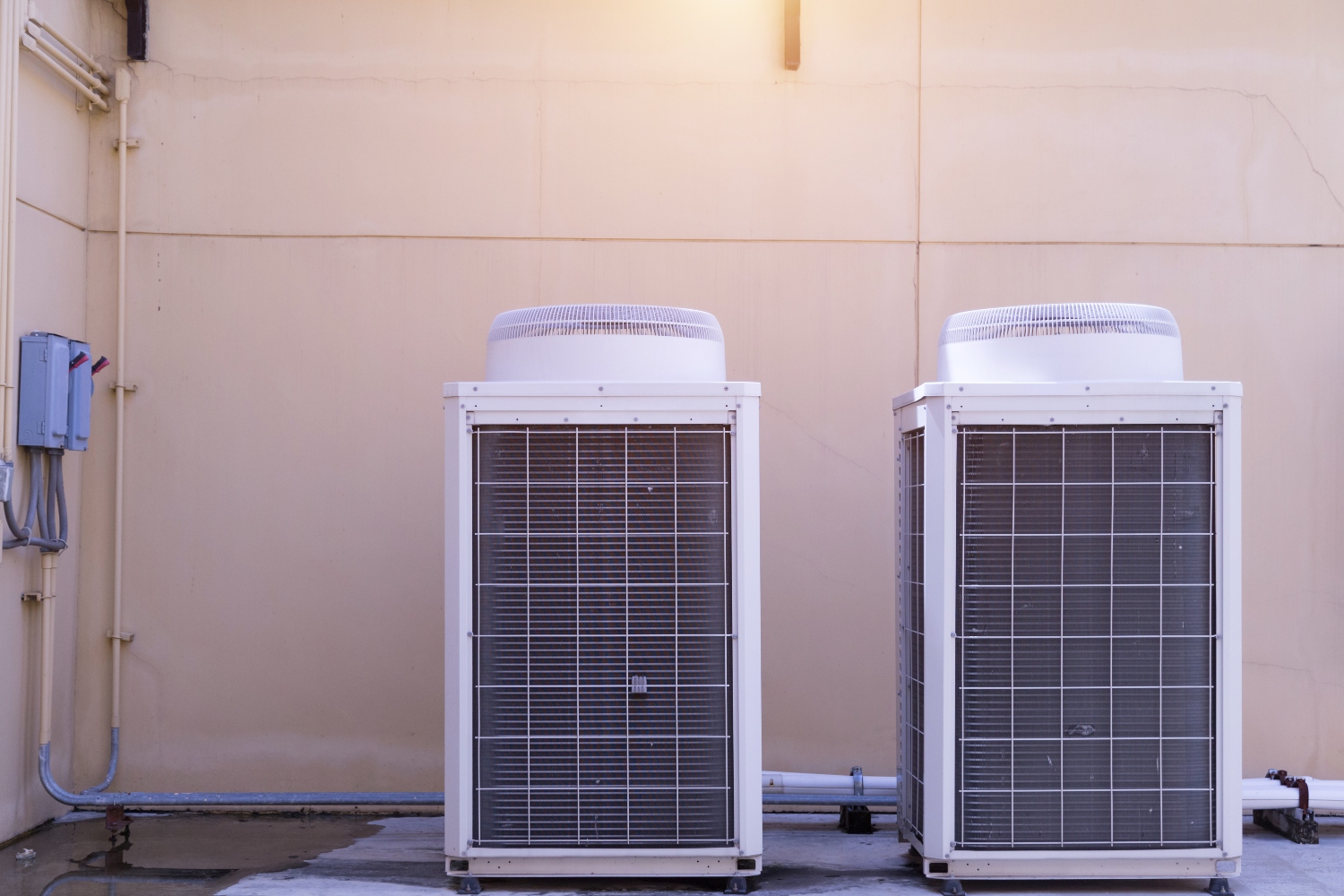

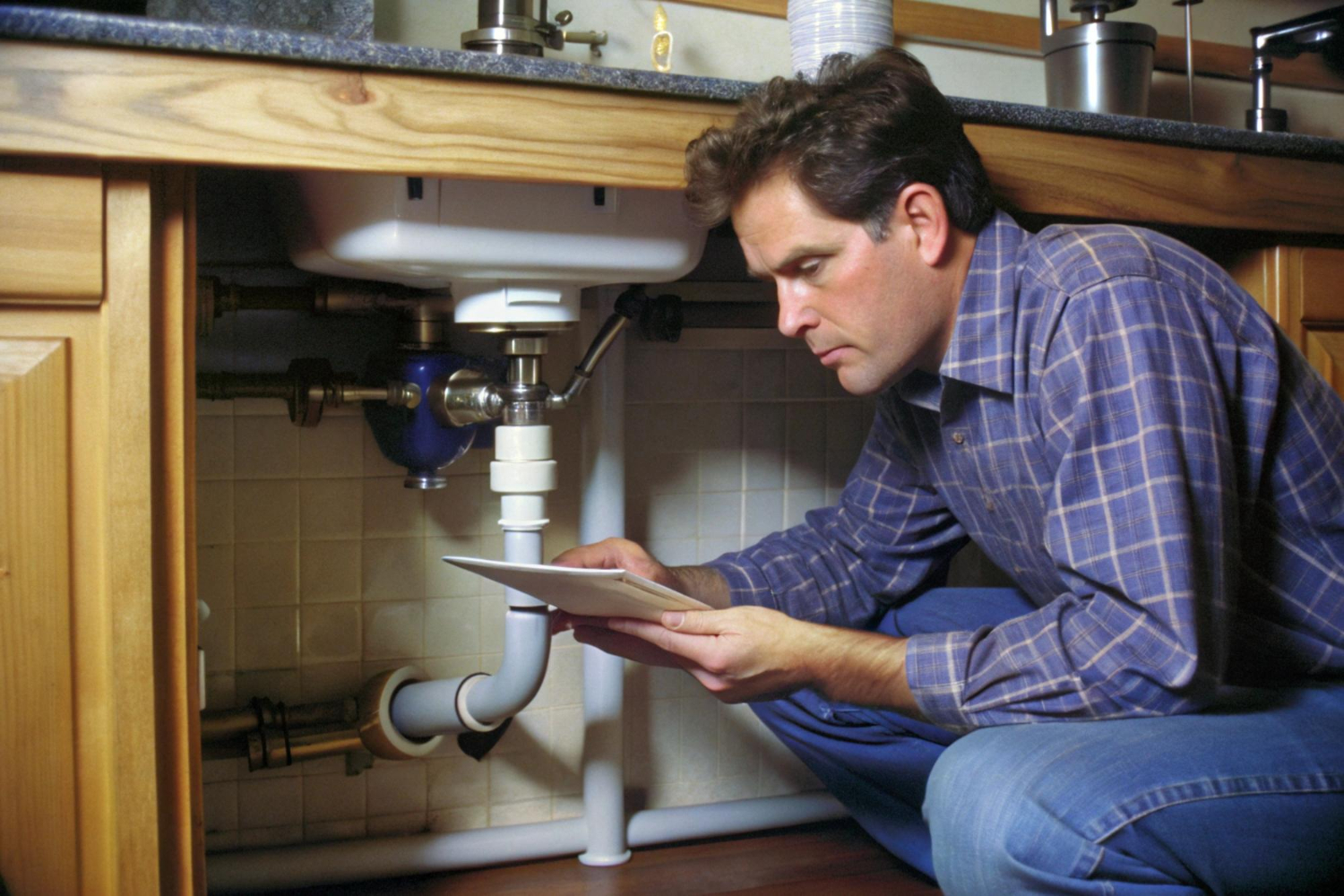
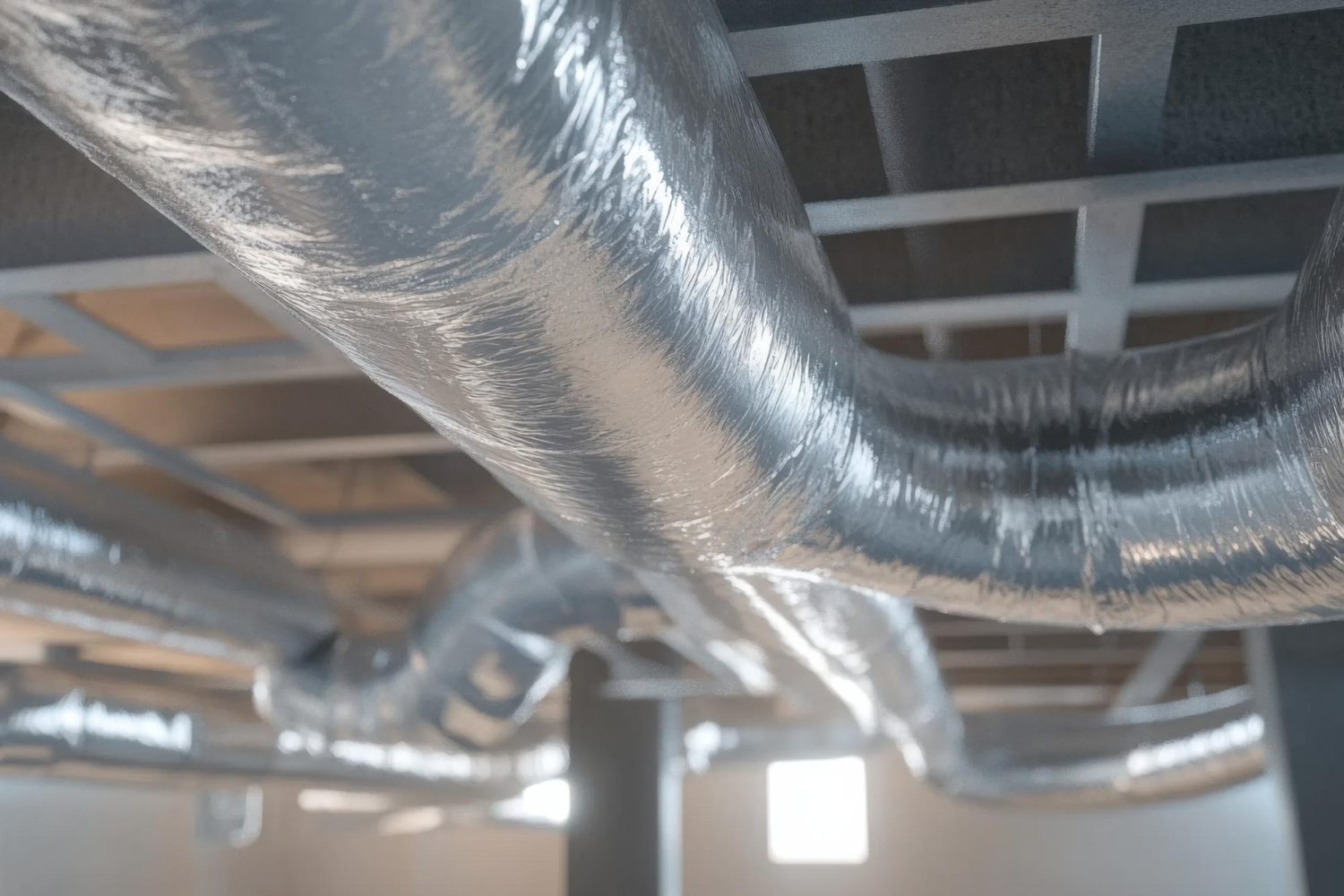
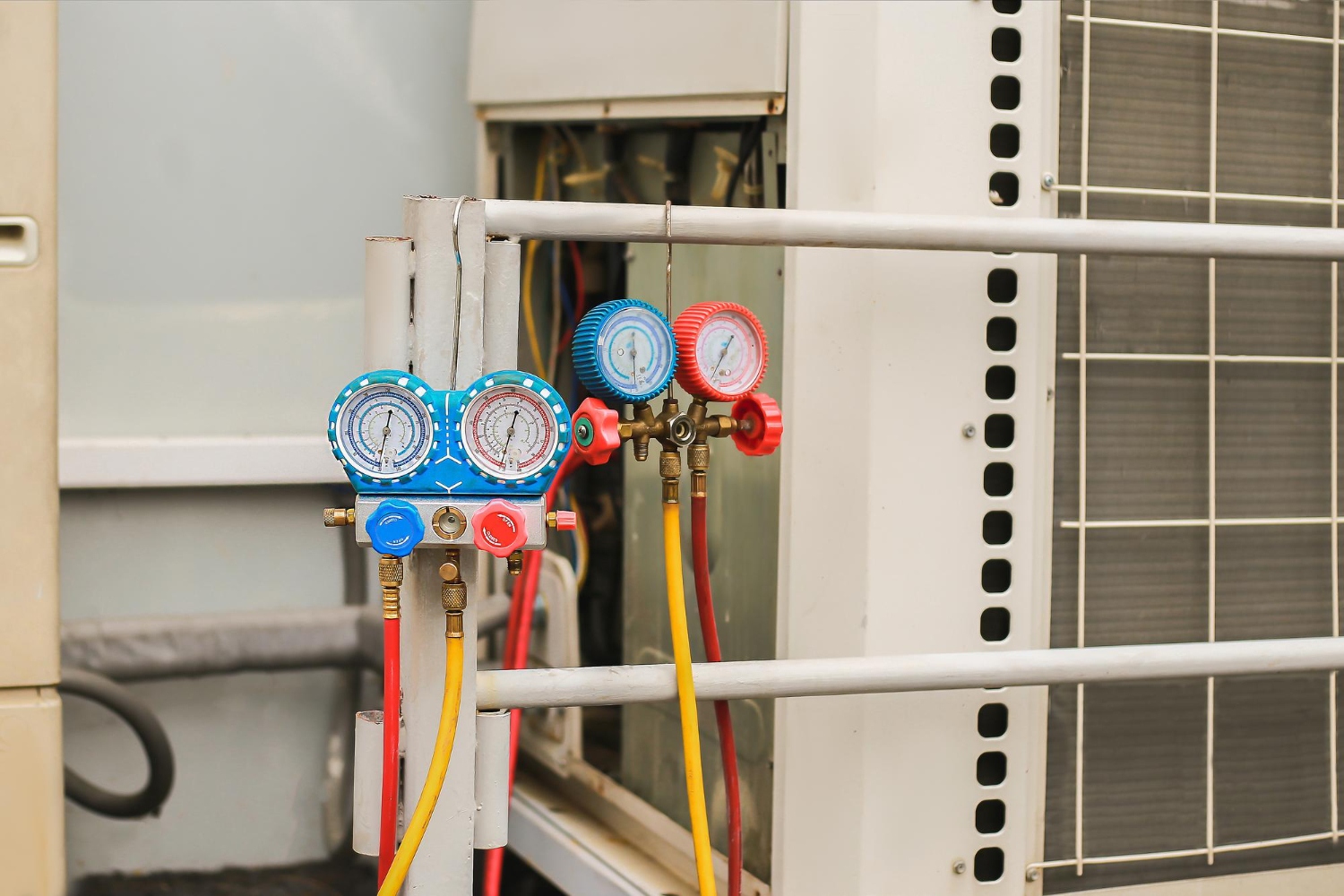
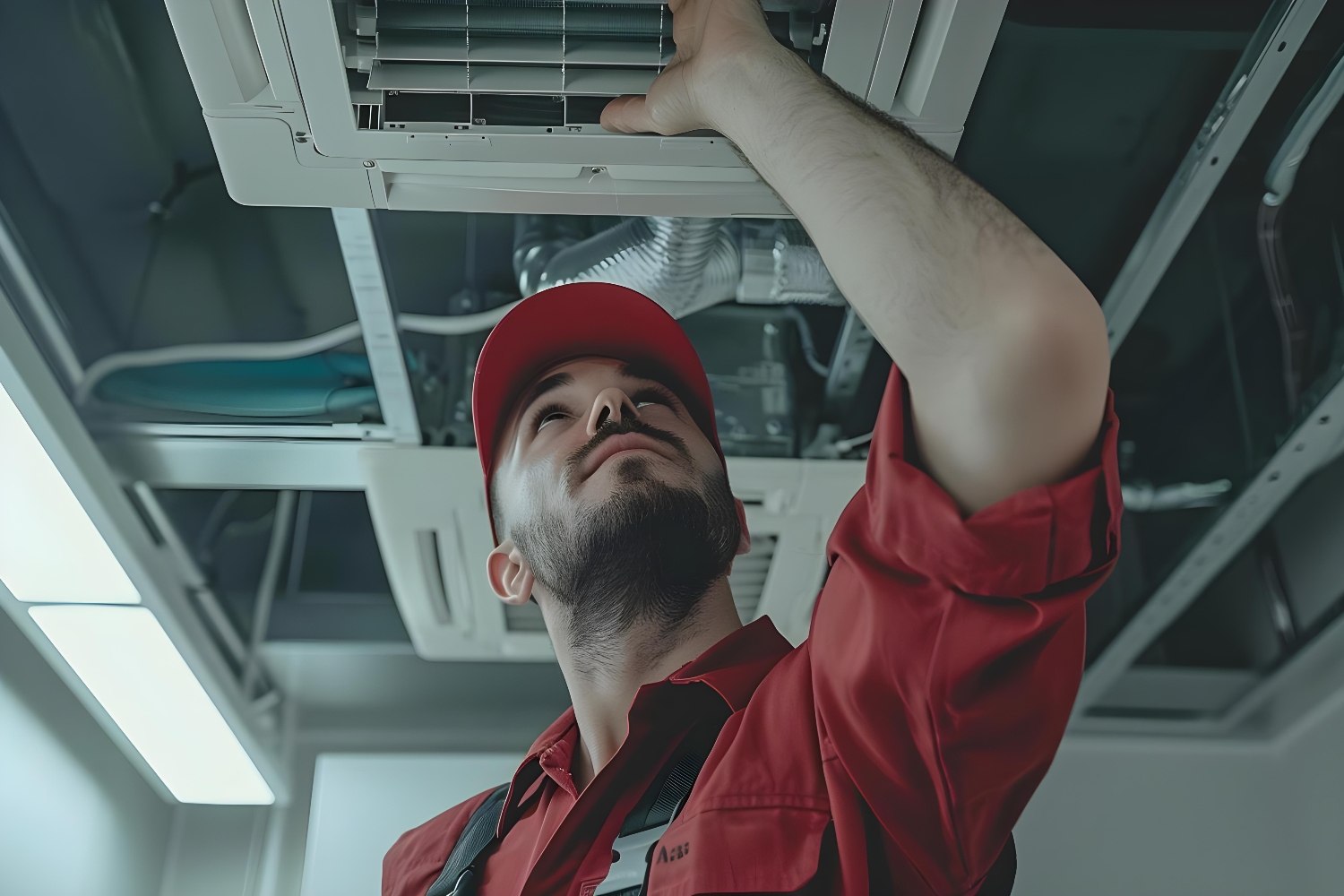
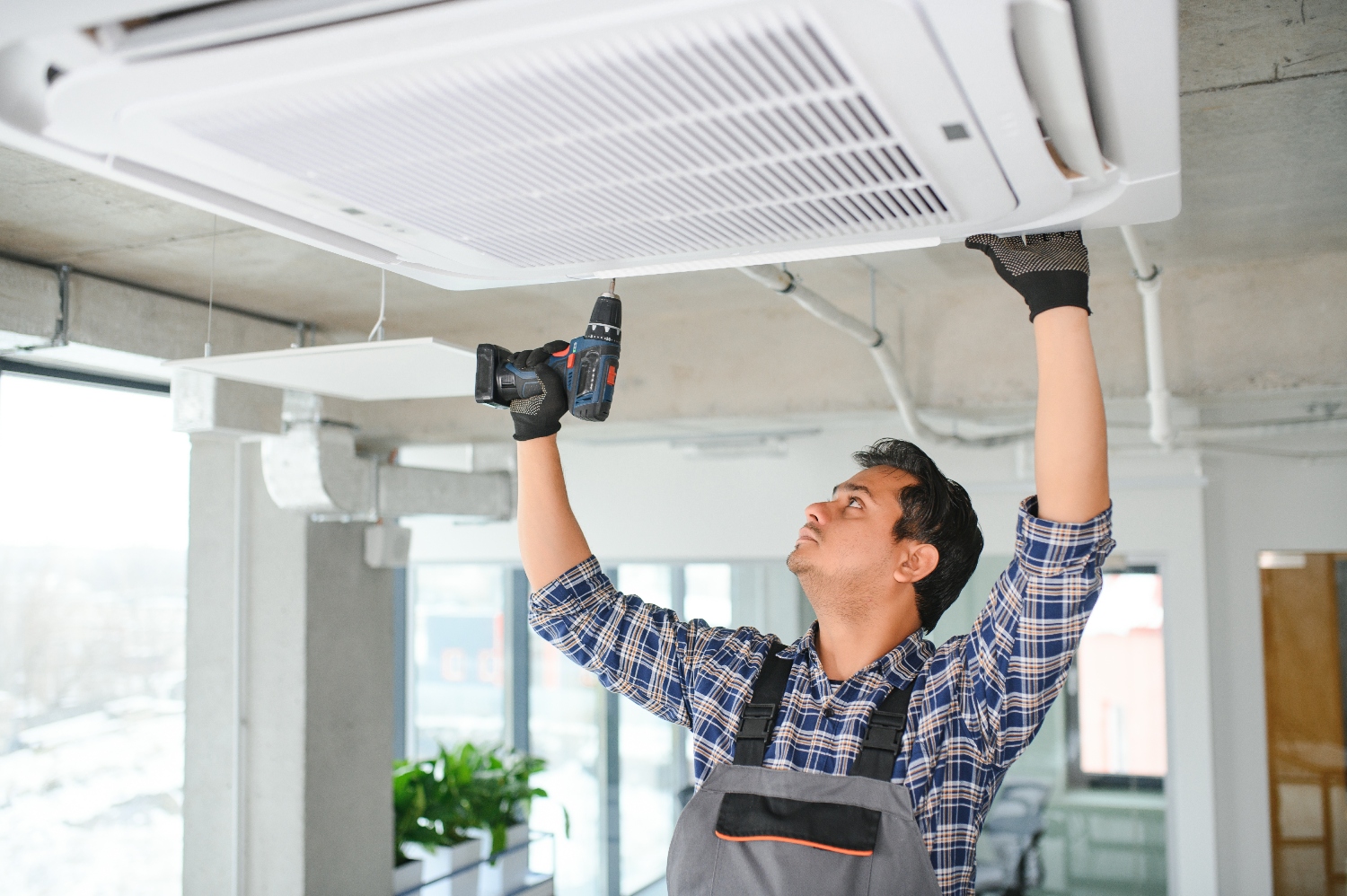





























































.jpg)
.jpg)

.jpg)
.jpg)




















